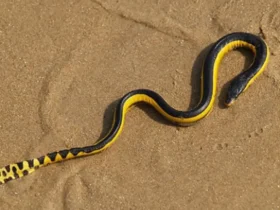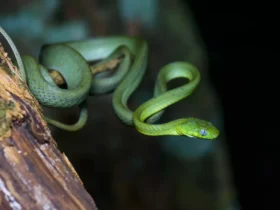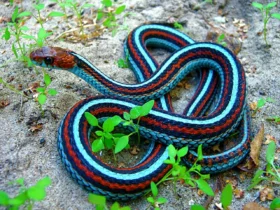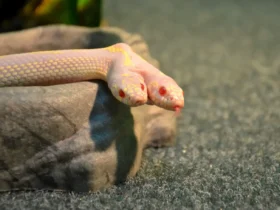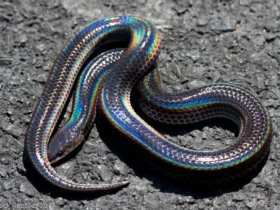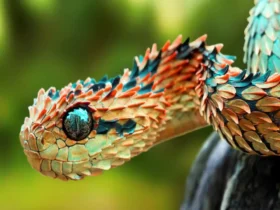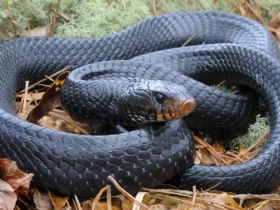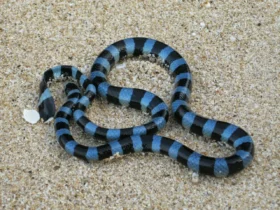MacClelland’s Coral Snake, scientifically known as Sinomicrurus macclellandi, is a captivating reptile that dwells in the diverse landscapes of Southeast Asia. Renowned for its striking coloration and venomous nature, this elusive snake has intrigued researchers and nature enthusiasts alike. In this article, we will delve into the remarkable features and intriguing behaviors of MacClelland’s Coral Snake.
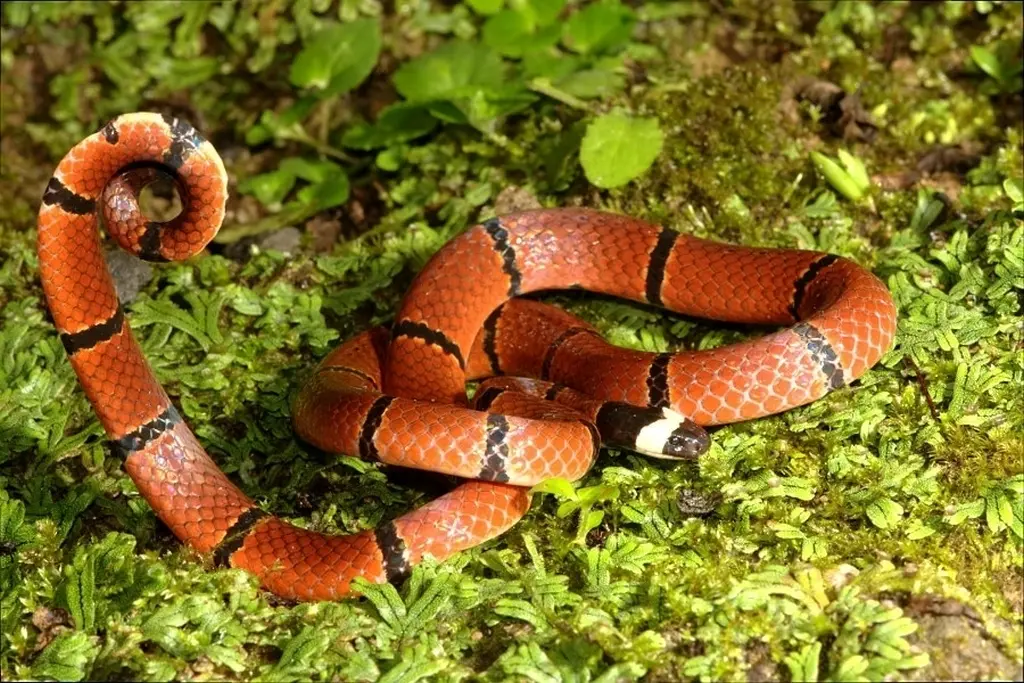
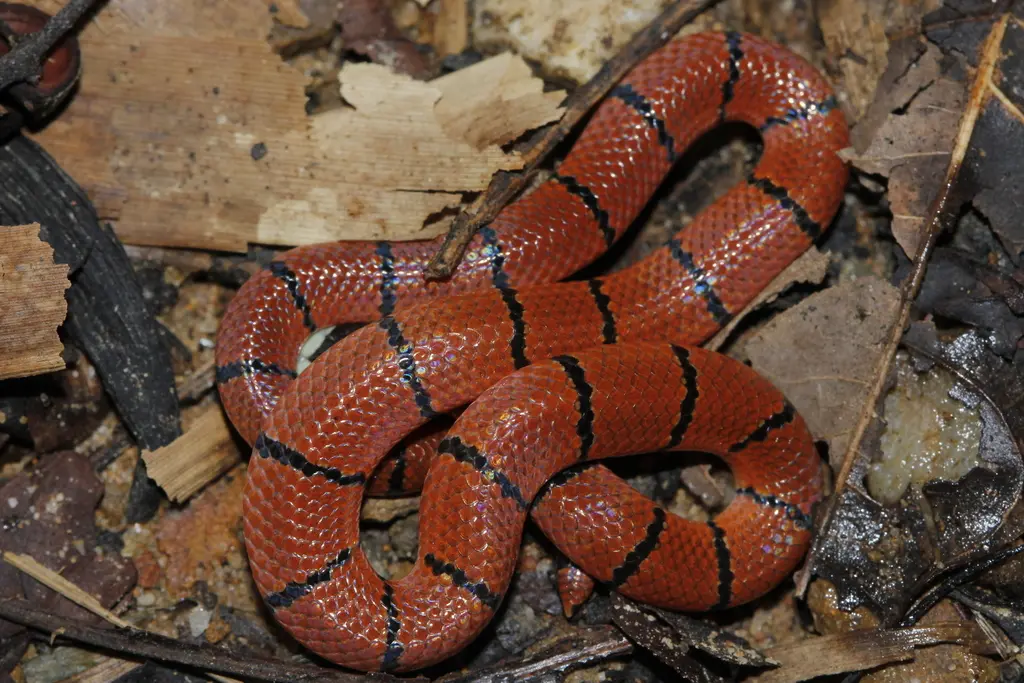
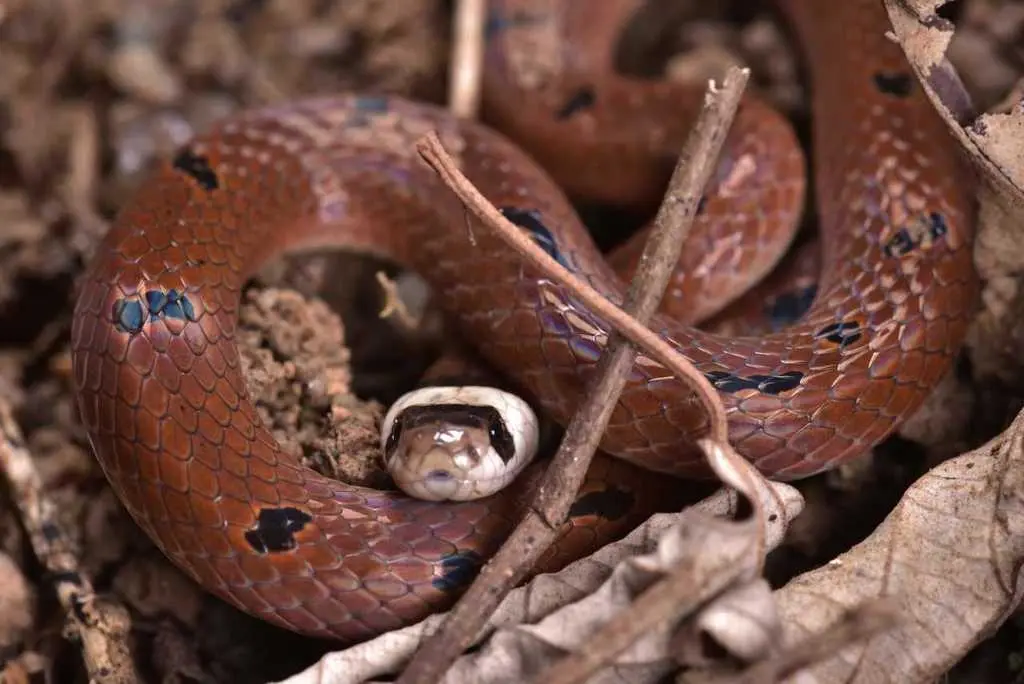
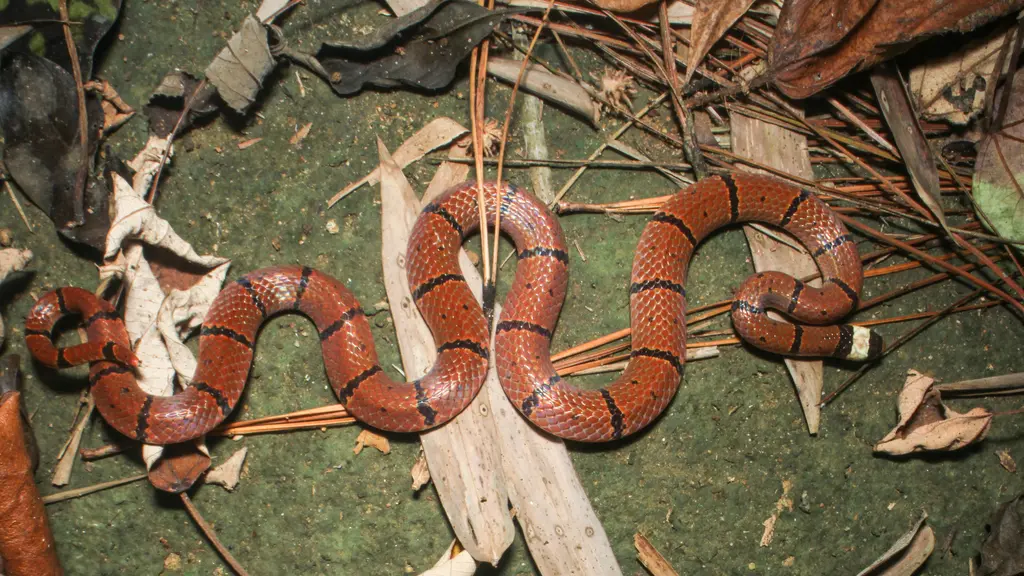
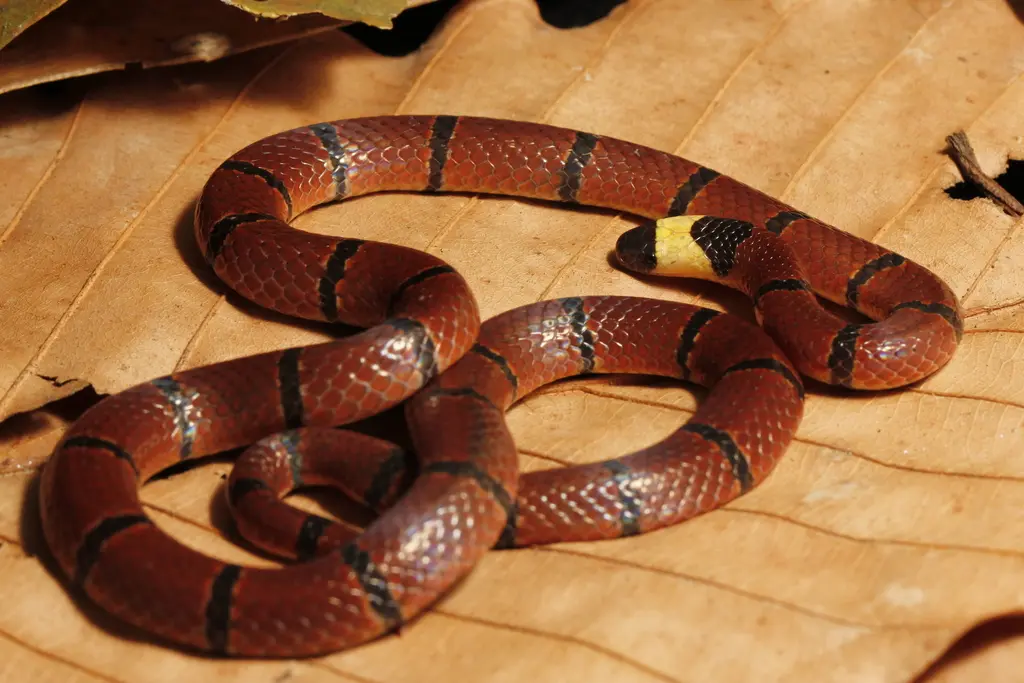
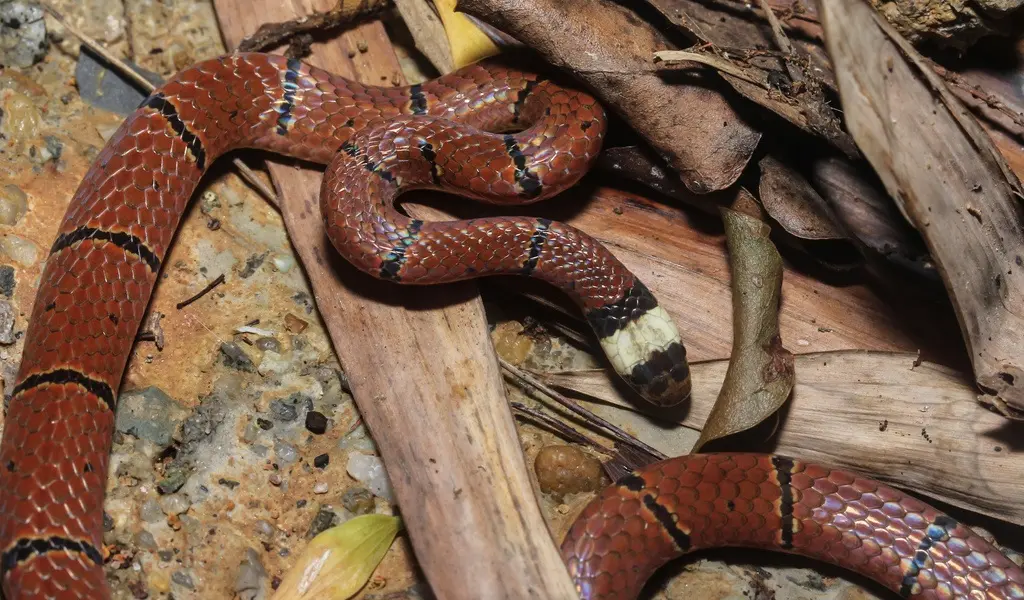
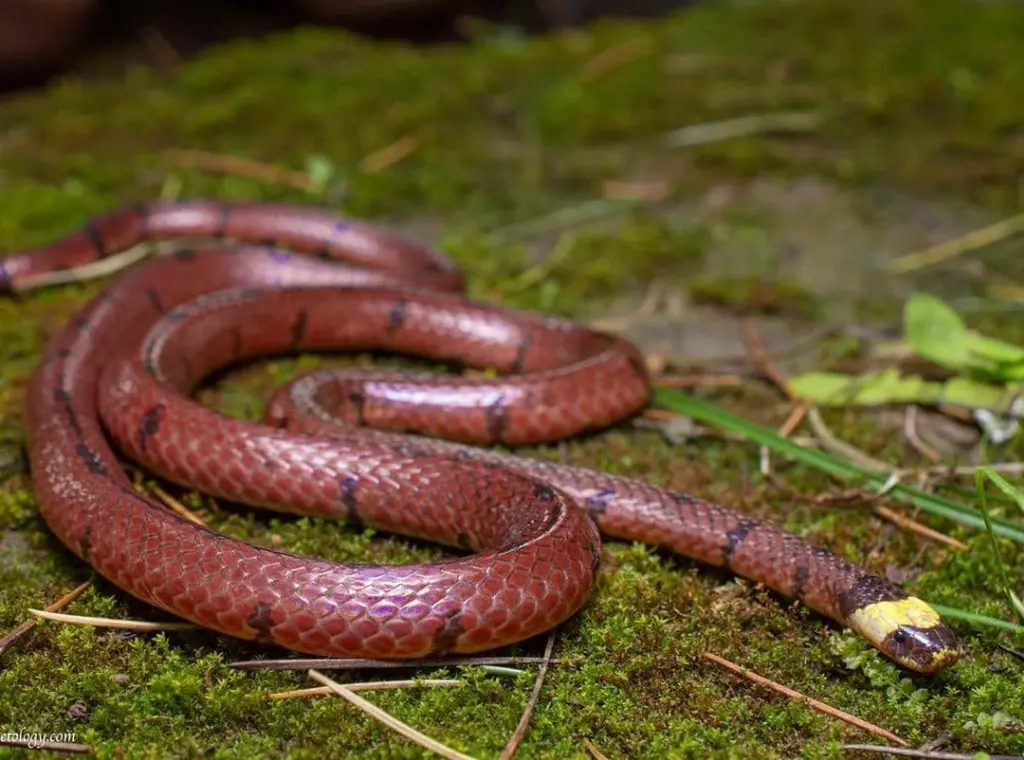
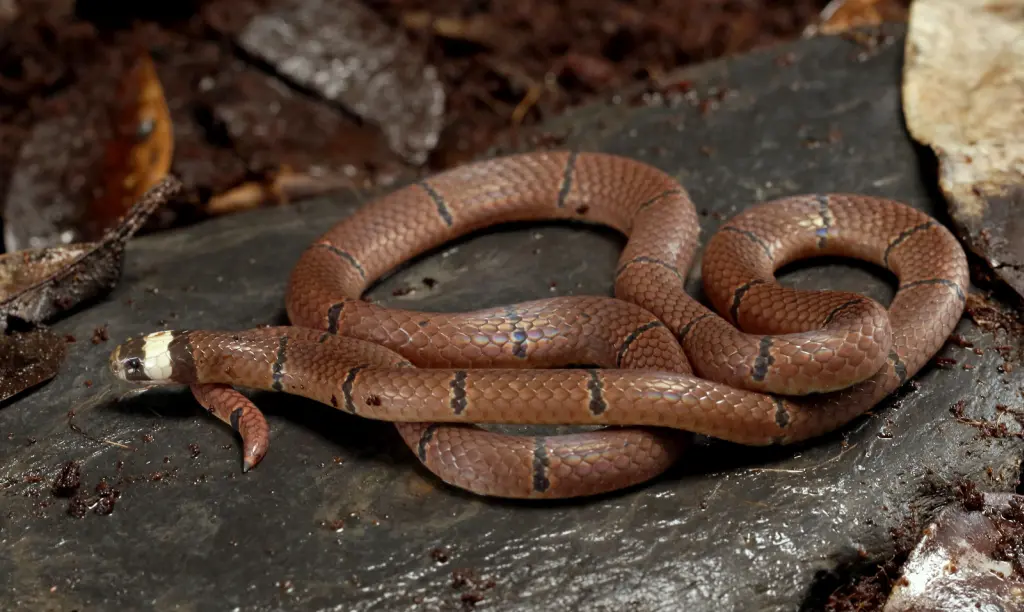
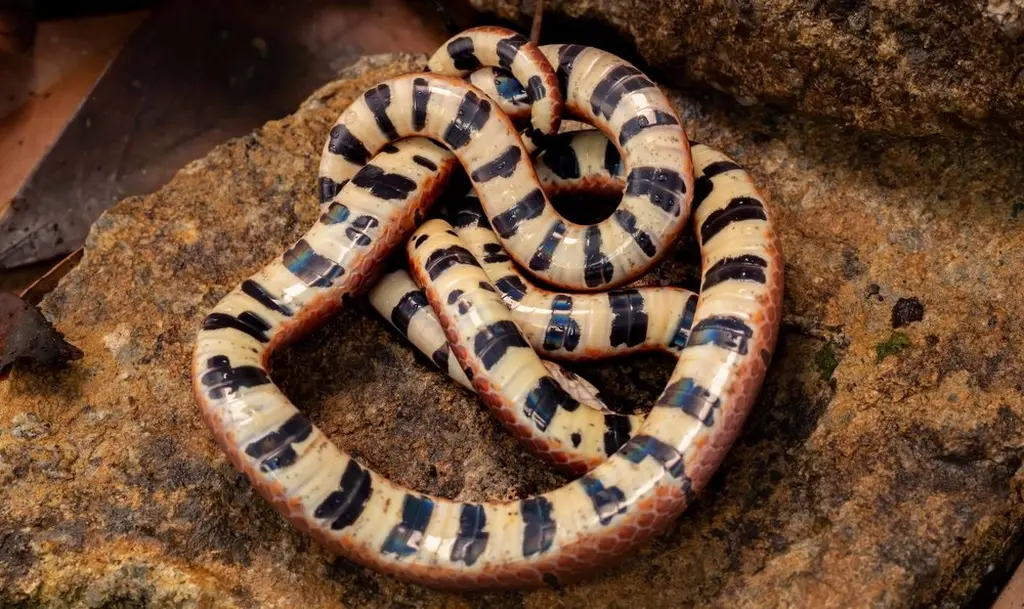
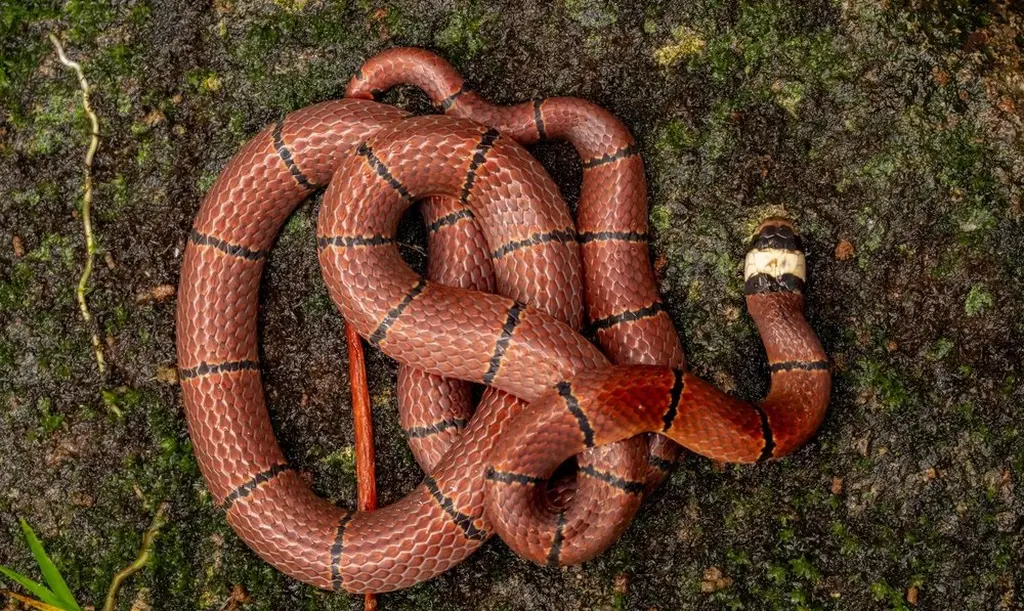
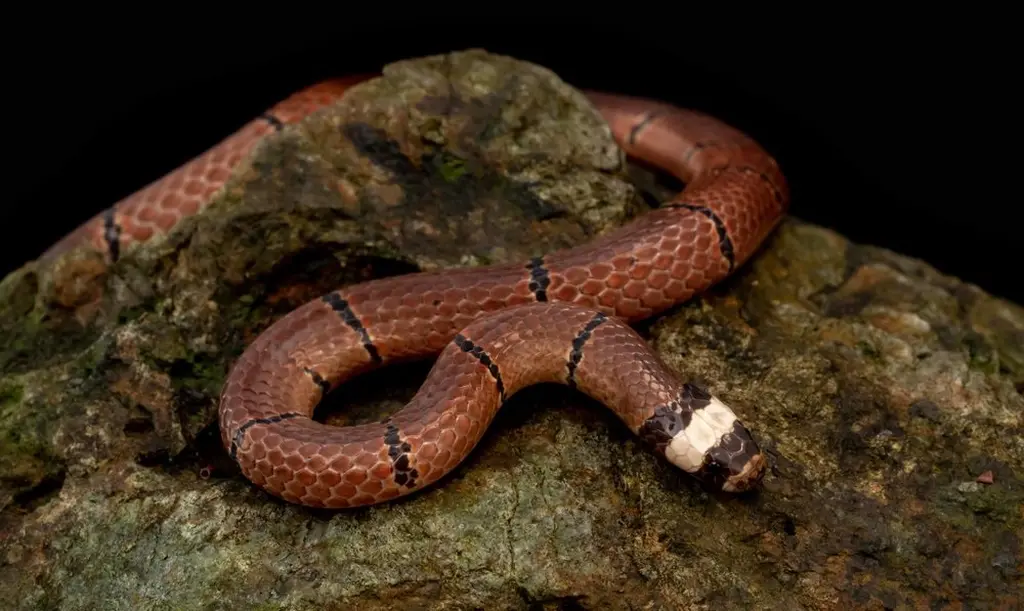
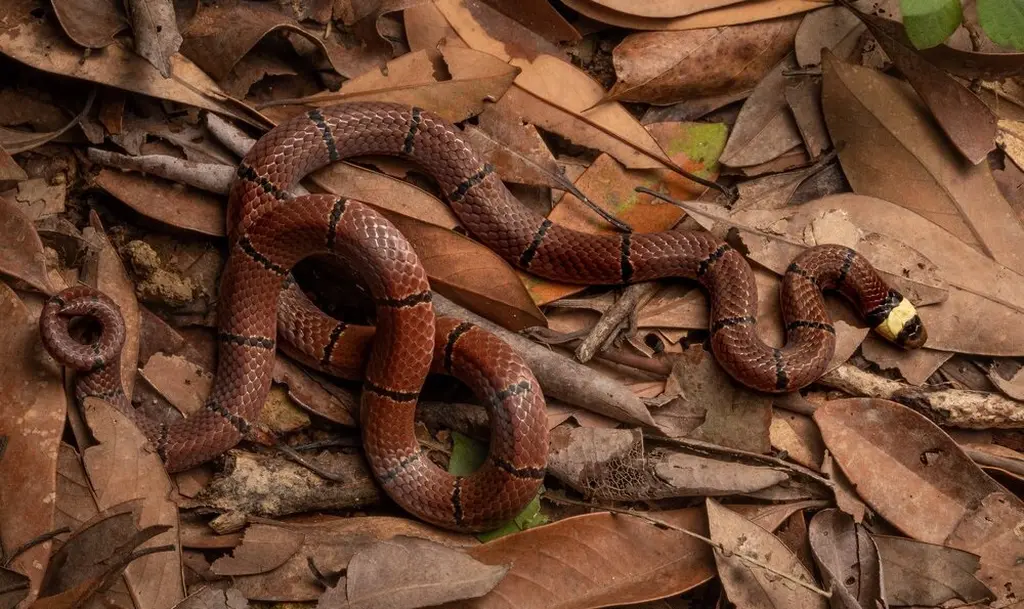
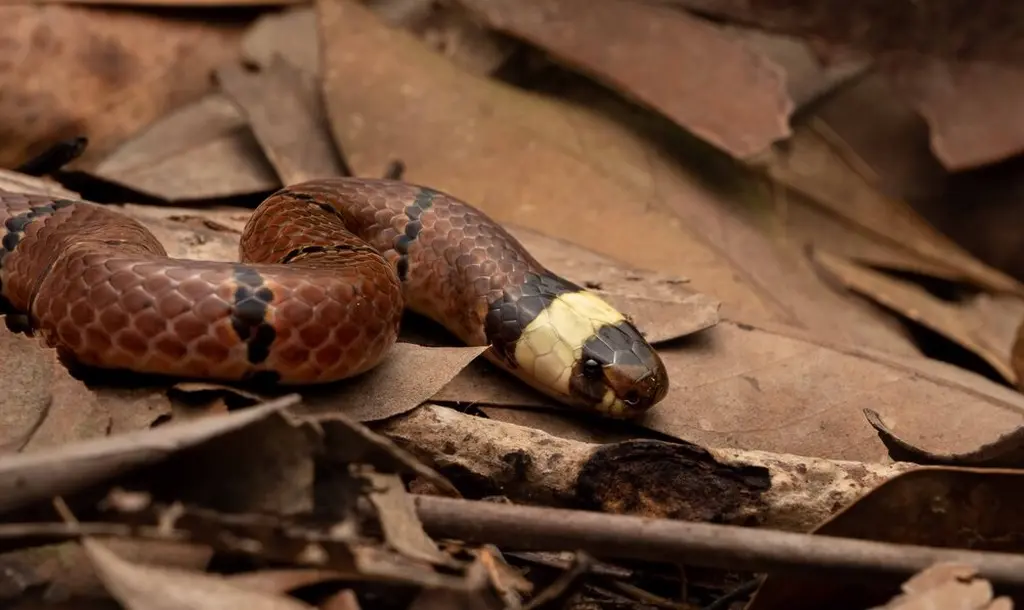

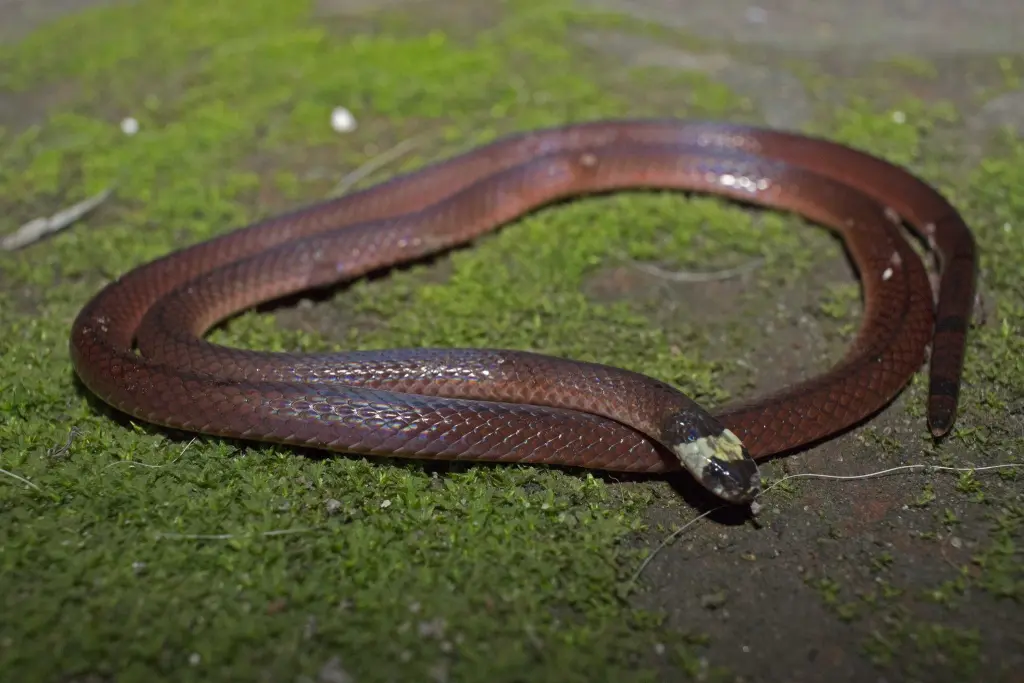
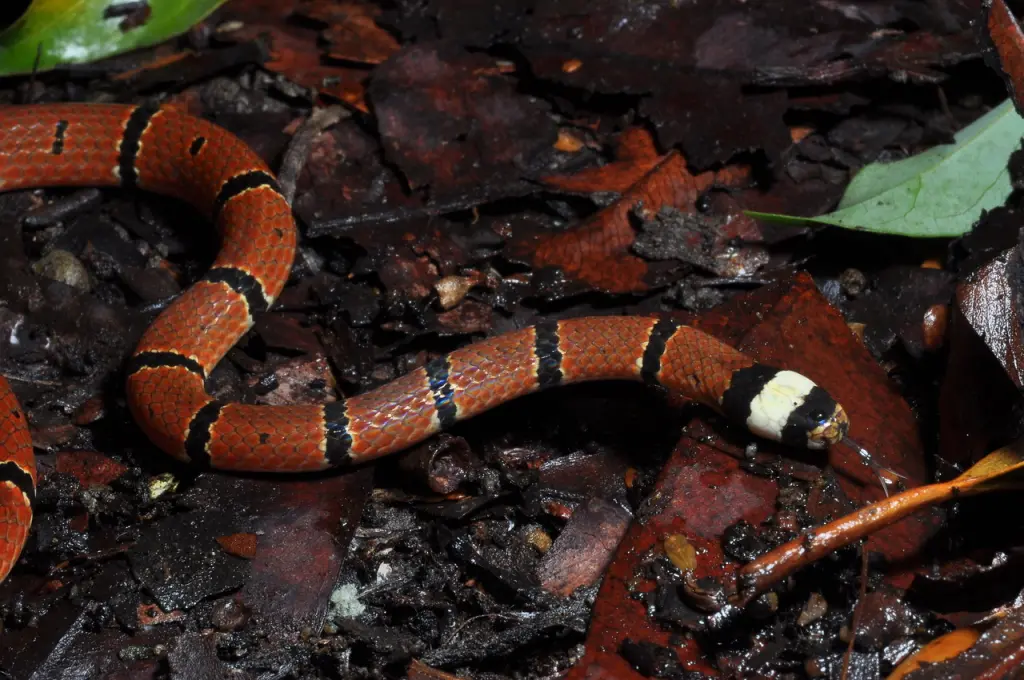
Appearance and Coloration
MacClelland’s Coral Snake possesses a distinct and mesmerizing appearance. Its slender body typically measures around 50 to 70 centimeters in length, making it a relatively small member of the elapid family. Adorning its scales are vibrant colors arranged in distinct patterns. The snake’s body is predominantly black, complemented by alternating bands of bright red and yellow, forming a distinctive tri-coloration pattern. This striking color scheme serves as a warning to potential predators, highlighting its venomous nature and deterring them from potential attacks.
Habitat and Distribution
MacClelland’s Coral Snake is native to Southeast Asia, specifically found in countries such as India, China, Myanmar, and Thailand. Within these regions, it inhabits a variety of habitats ranging from forests and grasslands to agricultural areas. The snake often seeks refuge in leaf litter, hollow logs, or underground burrows during periods of inactivity, making it challenging to observe in the wild. Its adaptable nature allows it to thrive in both lowland regions and mountainous areas, showcasing its resilience and ability to adapt to diverse environments.
Feeding Habits and Diet
As a member of the elapid family, MacClelland’s Coral Snake is carnivorous and preys upon a variety of small creatures. Its primary diet consists of lizards, frogs, small mammals, and occasionally other snakes. Like many venomous snakes, it employs a potent neurotoxic venom to immobilize and subdue its prey. Using its sharp fangs, located in the front of its mouth, the snake injects venom into its victim, leading to paralysis and subsequent digestion.
Behavior and Reproduction
Despite being elusive, MacClelland’s Coral Snake exhibits fascinating behavioral traits. It is primarily a nocturnal species, preferring to venture out under the cover of darkness. Its secretive nature and relatively calm disposition make it less prone to aggression and encounters with humans. During the breeding season, which typically occurs in the warmer months, the males engage in combat for the opportunity to mate with females. Following successful mating, the female lays a clutch of eggs, typically containing 6 to 10 eggs, which she guards until they hatch.
Final Thought
MacClelland’s Coral Snake, with its mesmerizing tri-coloration and venomous nature, stands as a captivating species in Southeast Asia’s reptilian fauna. Its distinct appearance, adaptable habitat preferences, and intriguing behaviors continue to fascinate researchers and nature enthusiasts. As we strive to protect and understand our planet’s biodiversity, MacClelland’s Coral Snake remains an enigmatic beauty deserving of our appreciation and respect.
